As a known donor Dad, my daughters have 2 moms and 2 dads – how does this work?
My family can best be described as a forest. When my daughter created her “Family Tree” for a class project, there were so many branches that it covered an entire poster board. My heart soared. I am lucky enough to be called “papa” by three amazing kids. My son, 9 years old, is the biological child of my husband who we had with the help of a gestational surrogate. I adopted him and he lives with my husband and me. My daughters are 13 and 8 and they live with their mothers, who happen to live in our neighborhood in Manhattan.
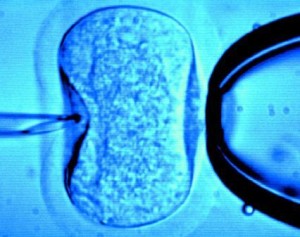 I call them my daughters because I am their biological father through sperm donation, but the truth is that I am not their parent. This is a critical distinction that any donor dad must make. I am not a co-parent with my daughters’ mothers. But that doesn’t mean that I do not have a meaningful and reciprocally fulfilling relationship with them, it just means that the major life decisions that relate to my girls are made by their mothers, the two amazing women who taught me how to be a dad.
I call them my daughters because I am their biological father through sperm donation, but the truth is that I am not their parent. This is a critical distinction that any donor dad must make. I am not a co-parent with my daughters’ mothers. But that doesn’t mean that I do not have a meaningful and reciprocally fulfilling relationship with them, it just means that the major life decisions that relate to my girls are made by their mothers, the two amazing women who taught me how to be a dad.
To highlight the enormity of this journey for me, I need to give you some background. In the 70’s as a closeted teenager and in the 80’s as a closeted young man in my 20’s, if you had told that one day I would have three children, I would have felt relief and seen it as affirmation that I could change my orientation. I desperately didn’t want to be gay and after running from my true self for what seemed to me to be ages; I did what many young people who grew up in my era did: I tried to end my life. My parents walked me around the back yard of our house for hours attempting to allow the effects of the pills I had taken to wear off. I am thankful every day that they did.
That moment changed my life because, with a lot of help from a lot of people, I learned that I could be a happy gay person. Once that switch was flipped, life turned on. My family is the culmination of that awareness and of so much love. But that love had to start with me. I don’t think anyone who doesn’t truly love themselves could be a donor dad. It requires patience, responsibility and, most of all, faith. I had to have faith that my daughter’s moms would allow me to have a relationship with them. They also had to have faith that I would be a man of my word and surrender my parental rights to the non-biological mother. We all had to have faith that we would be able to conquer whatever parenting trials would come our way.
But that faith is constantly tested. When my first daughter was born, my husband and I would babysit for her about once every other week and, once she was old enough, we would have sleepovers roughly once a month. I remember one time right after the adoption hearing had taken place where I formally surrendered my parental rights getting a call from one of her mothers after we returned her from a sleepover night. She was asking about a small burn mark on my daughter’s leg. Neither my husband or I could remember anything that could have caused it. But then remembered one moment when we were all in our tiny NYC kitchen and I was holding her when I turned and brushed up against an open toaster oven door. I didn’t think it had touched her. She didn’t cry and I didn’t think anything of it at the time. But when I realized that I had done this, I was so scared that my husband and I wouldn’t be allowed to see her again. I had hurt my own child! I went through a very short lived freak out until we actually talked to her moms again and they told us of how she had fallen off the changing table, a couple of times, and that I shouldn’t worry.
It is moments like that one when you truly understand perspective. But the one person’s perspective that really was tested by my being a donor dad was my husband’s. He often considered himself the odd man out. While I was busy going to clinics and running out of events because “mom was ovulating,” he was often left alone and feeling out of touch with the whole process. If I could have done anything differently, I would have made sure that he was more involved and included him more in the process. The reality, now that the kids are older, is that all three of them refer to my husband as “daddy” and to me as “papa.” When asked, they are the first to tell you that they have “two mommies and two daddies.” This, to me, is one of the coolest things ever.
Because we are honest with all three kids about where they come from, they feel special. They understand that their mommies and daddies loved them so much that they worked together to make our family a reality. If I can offer any new perspective on being a donor dad, it is that anything is possible with honesty, careful preparation and love. You can have the family of your dreams, no matter what it looks like.
June 2, 2014 – by Anthony M. Brown
Thanks to Our family Coalition in San Francisco for asking me to write this piece!
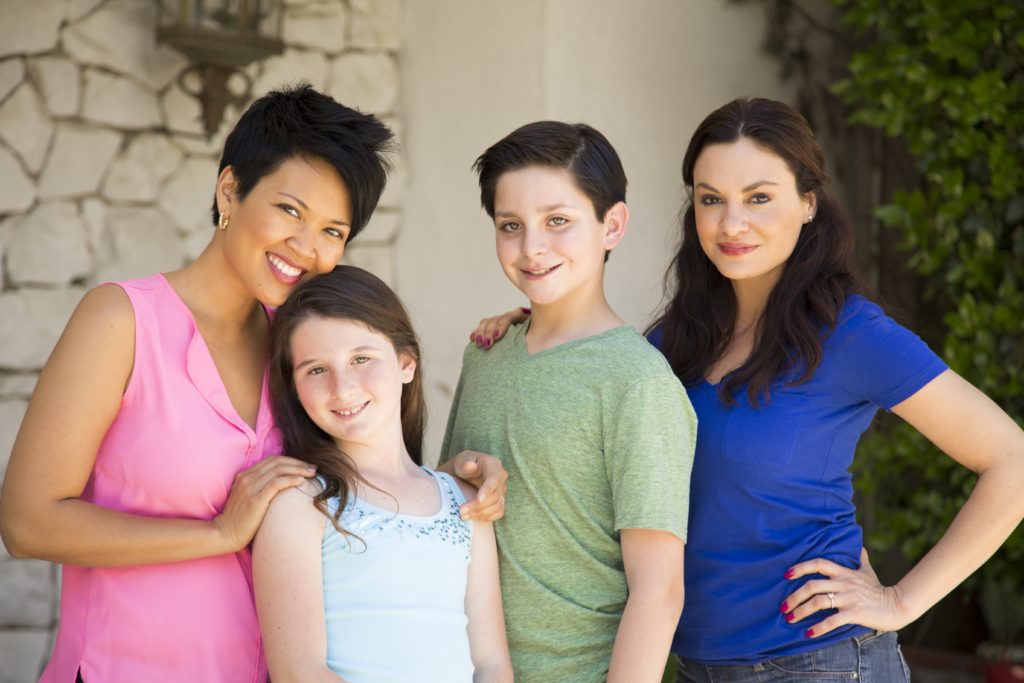

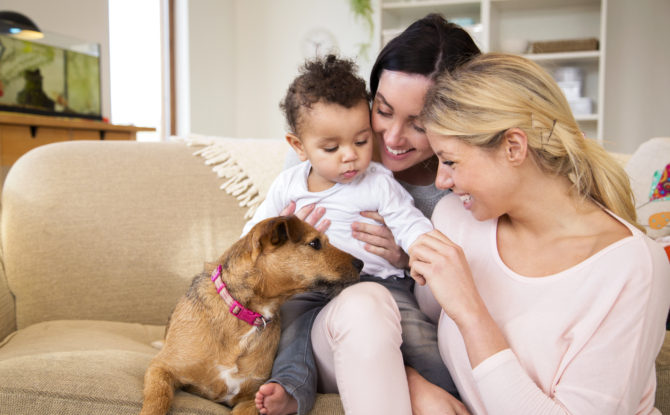
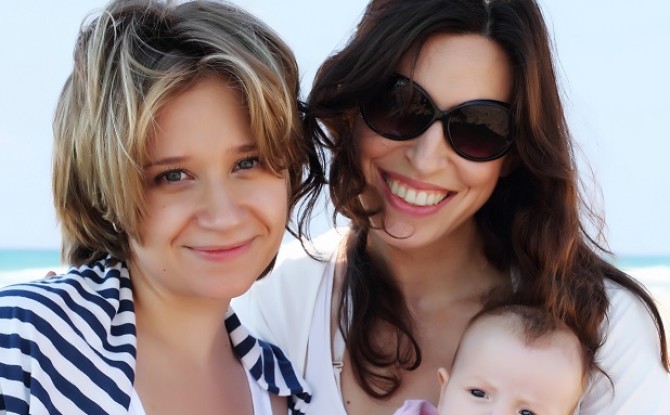
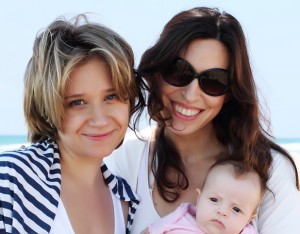

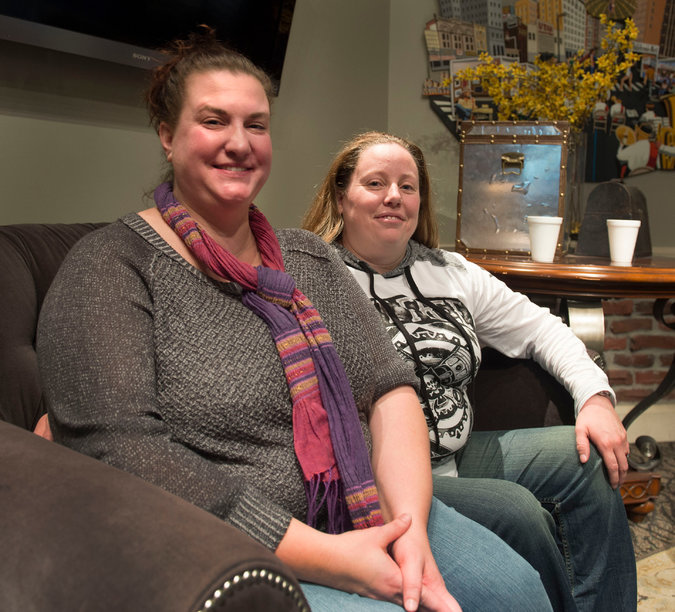
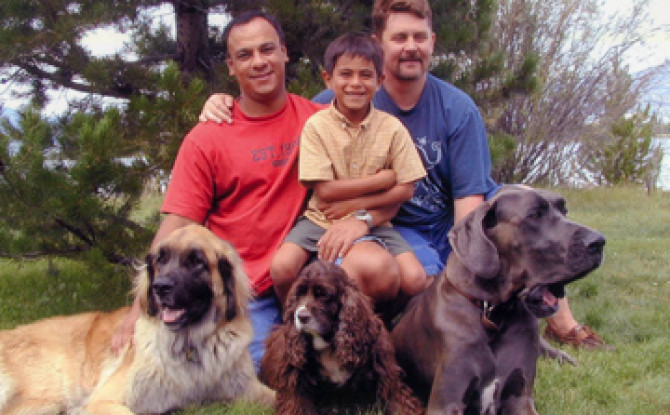

 I call them my daughters because I am their biological father through sperm donation, but the truth is that I am not their parent. This is a critical distinction that any donor dad must make. I am not a co-parent with my daughters’ mothers. But that doesn’t mean that I do not have a meaningful and reciprocally fulfilling relationship with them, it just means that the major life decisions that relate to my girls are made by their mothers, the two amazing women who taught me how to be a dad.
I call them my daughters because I am their biological father through sperm donation, but the truth is that I am not their parent. This is a critical distinction that any donor dad must make. I am not a co-parent with my daughters’ mothers. But that doesn’t mean that I do not have a meaningful and reciprocally fulfilling relationship with them, it just means that the major life decisions that relate to my girls are made by their mothers, the two amazing women who taught me how to be a dad.